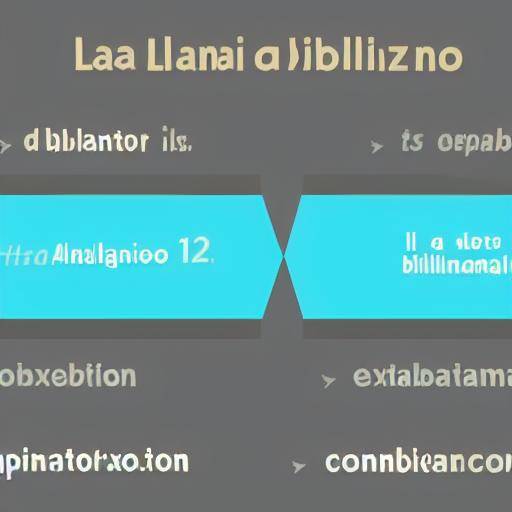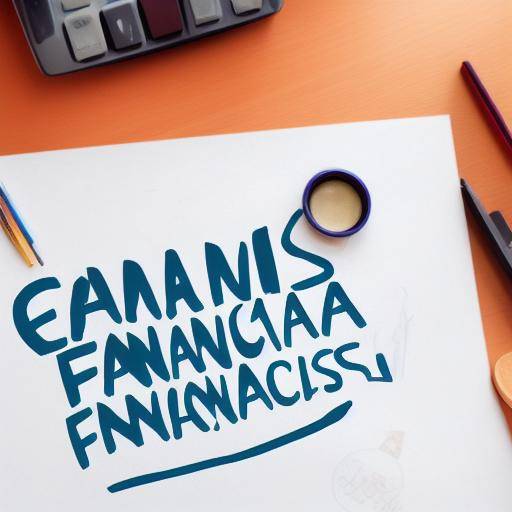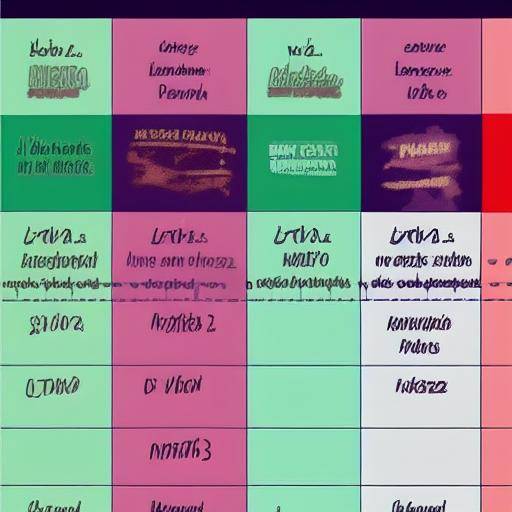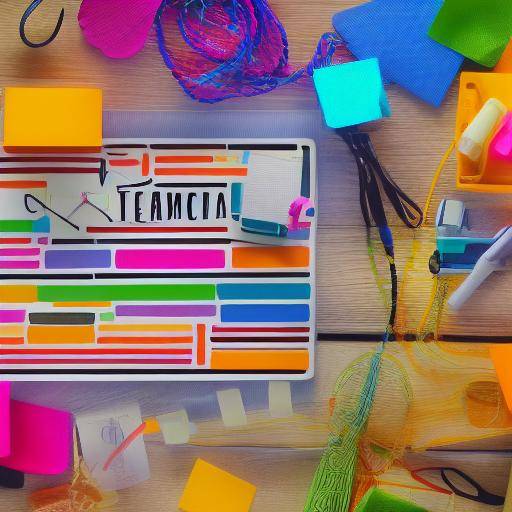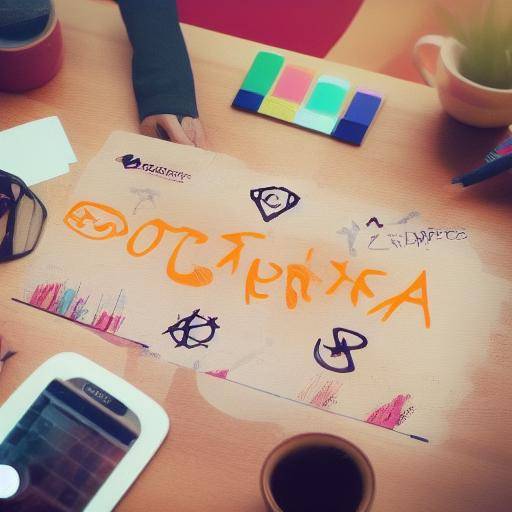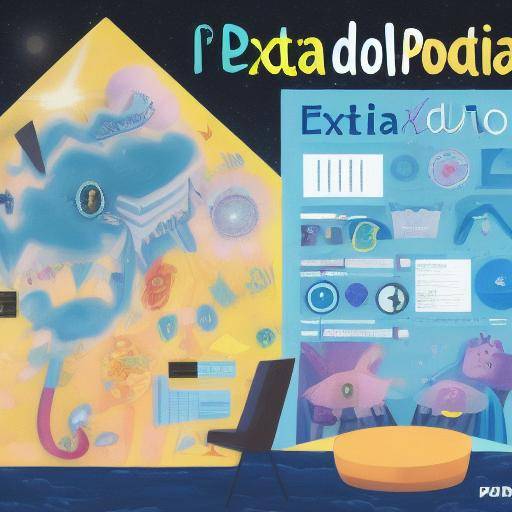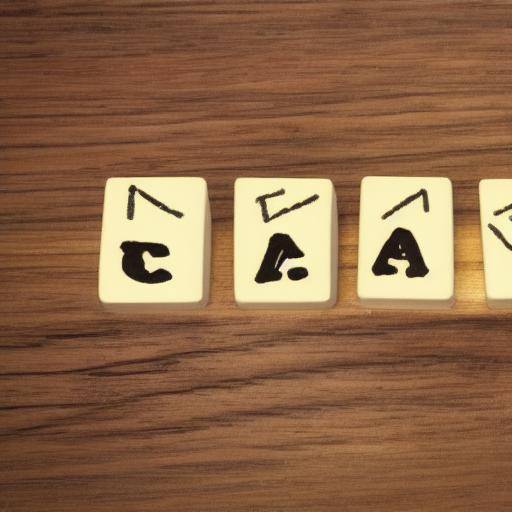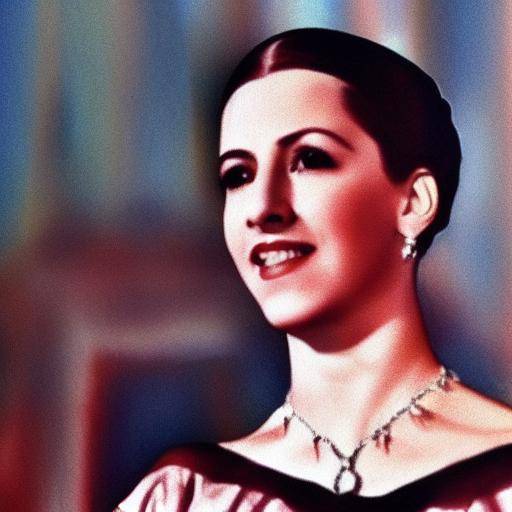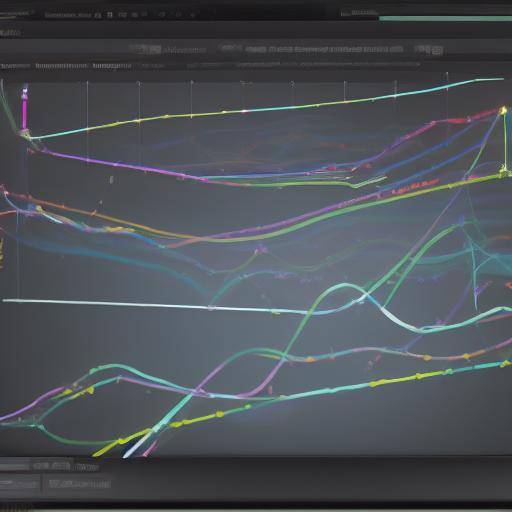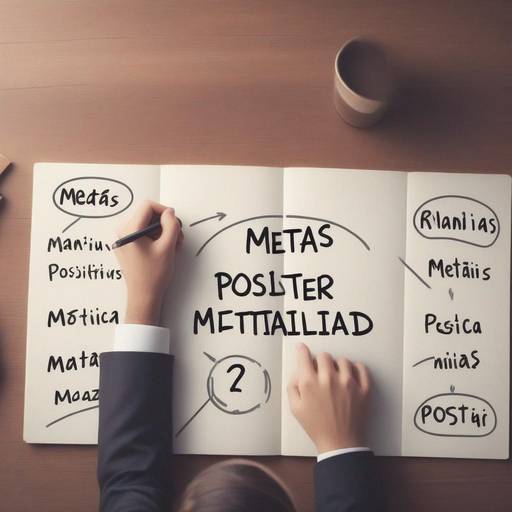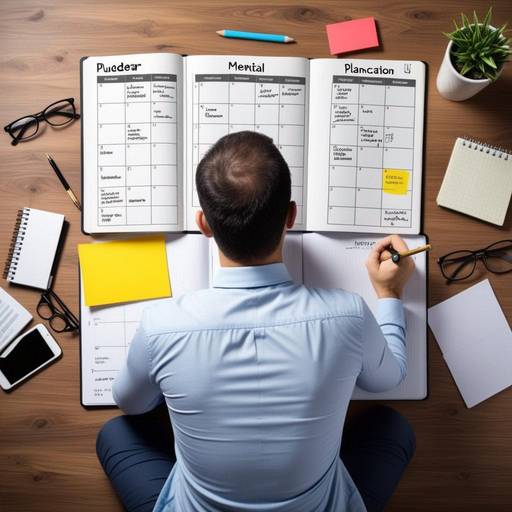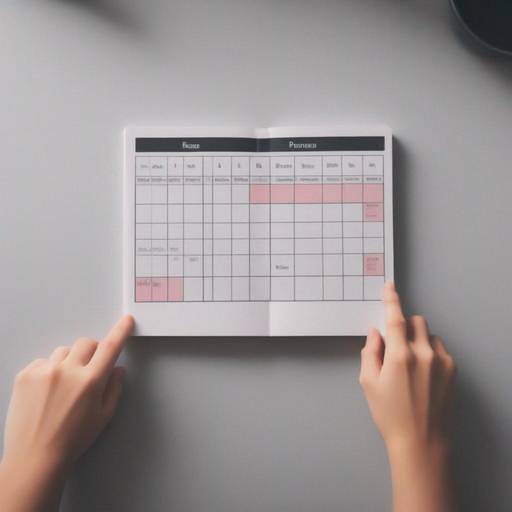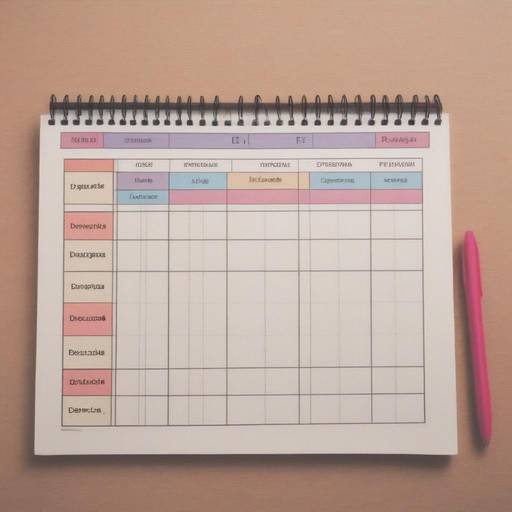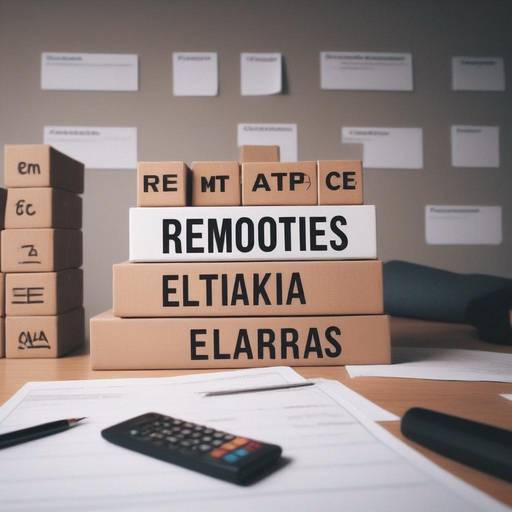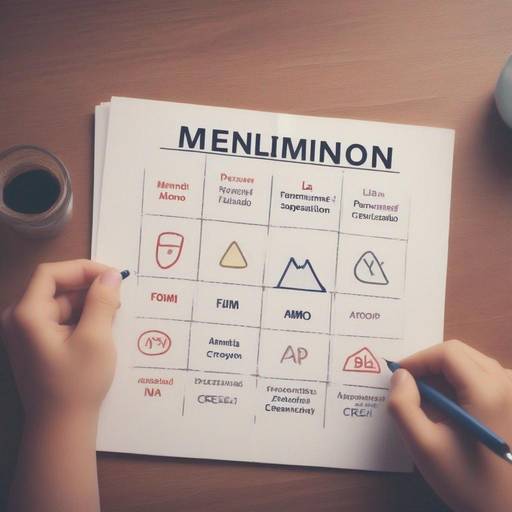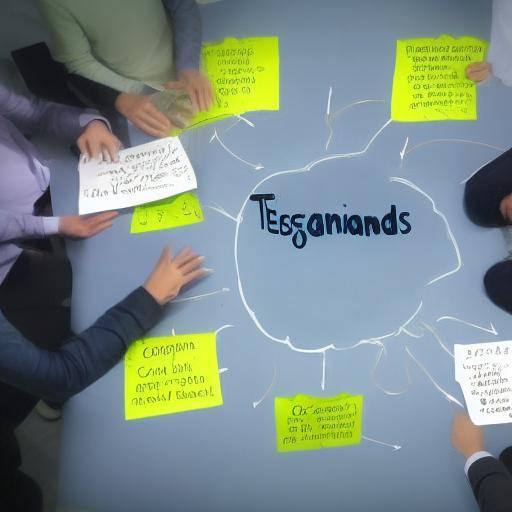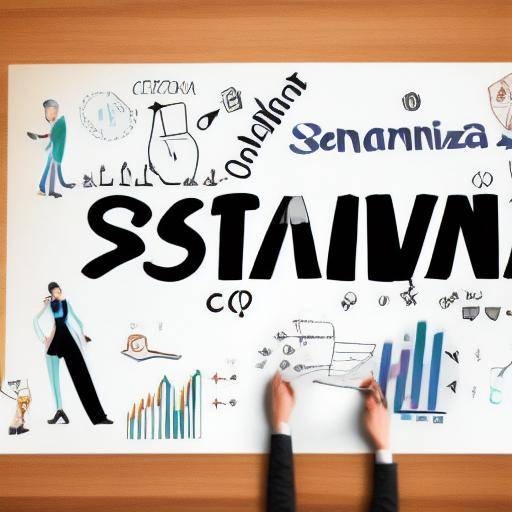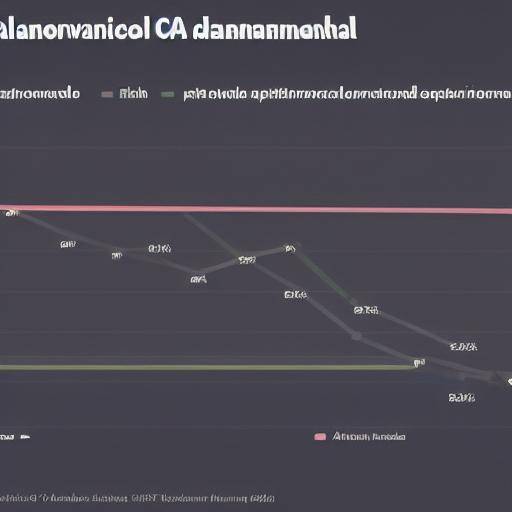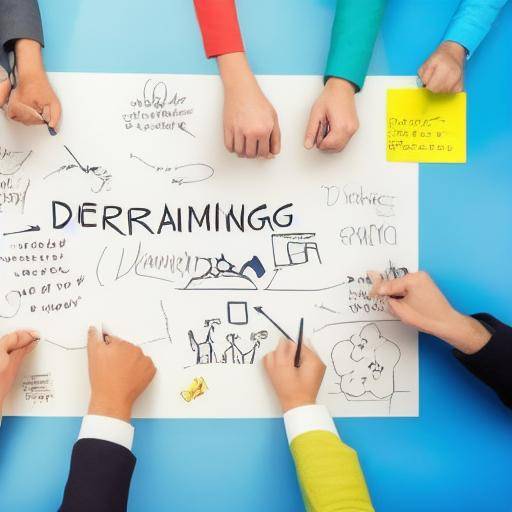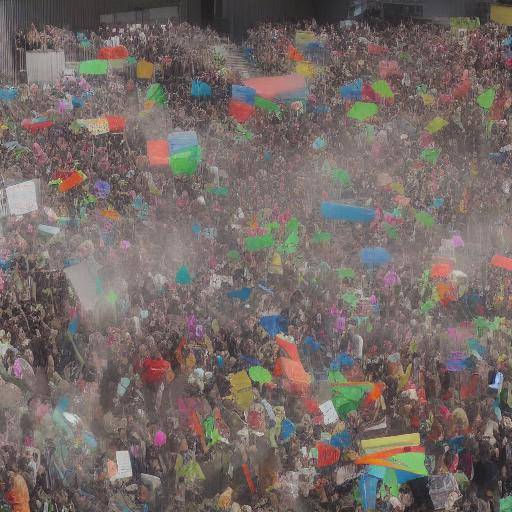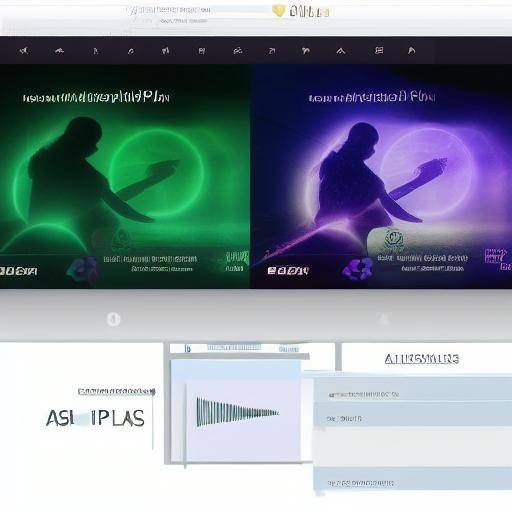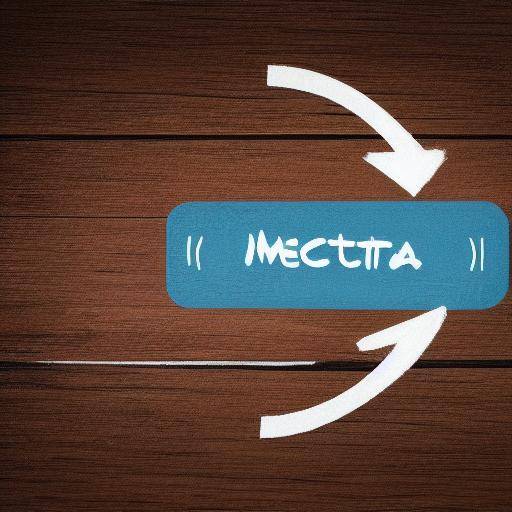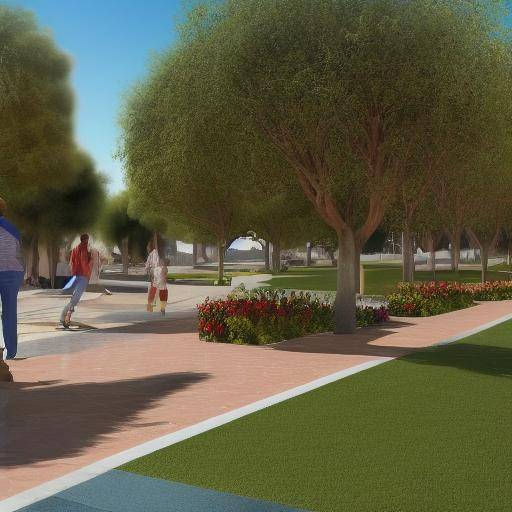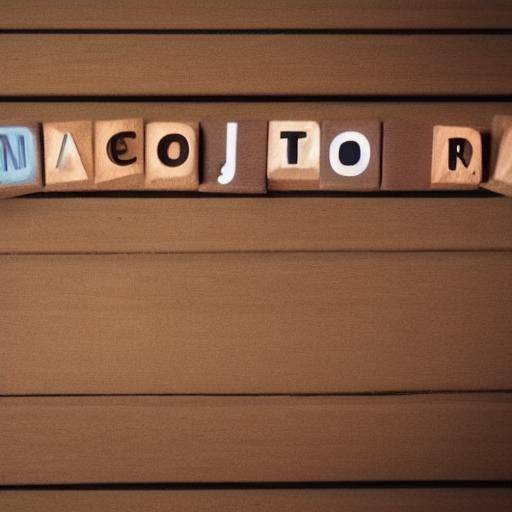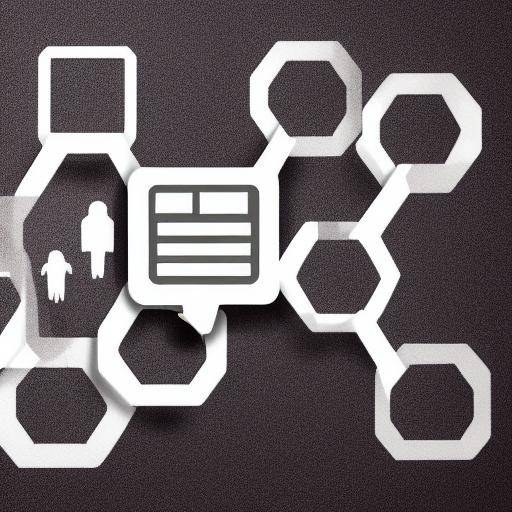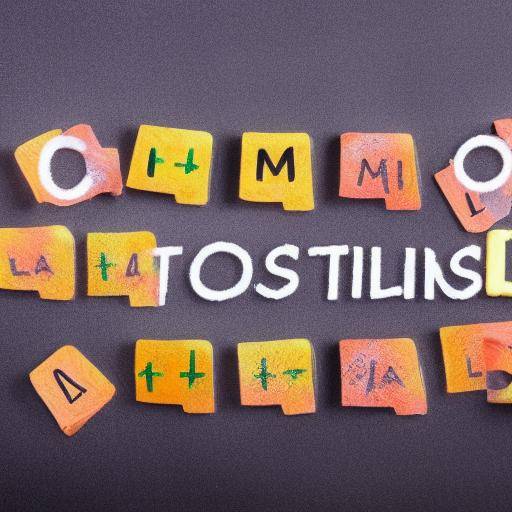
Introduction
Visualization is a powerful tool that allows us to create clear and vivid mental images, which can help us develop mental flexibility and improve our planning capacity. In this article, we will explore in detail how visualization can positively impact our mental skills, providing practical advice, examples and expert opinions. In addition, we will examine the importance of mental flexibility and planning in our daily life and how visualization can enhance these capabilities.
History and Background
Visualization has its roots in old meditation practices and self-help approaches, but its recognition as an effective tool for improving mental flexibility has been increasing in recent decades. From its use in sports to its application in psychological therapies, visualization has proven to be a versatile technique with a long history of evolution and adaptation to different fields and disciplines.
During the 1970s, the visualization experienced a boom in popularity thanks to its adoption by elite athletes in sports such as golf and tennis, who recognized their ability to improve performance through the creation of positive and successful mental scenarios. In the field of mental health, visualization has been used as a therapeutic tool to help patients overcome traumas, fears and anxieties, demonstrating their effectiveness in strengthening mental flexibility and emotional management.
Deep analysis
Benefits of Visualization
The visualization offers a series of benefits that go beyond mere relaxation and mental well-being. By visualizing challenging scenarios and finding solutions within these imaginary contexts, we strengthen our ability to adapt to unexpected situations and face challenges with an open and creative mindset. Visualization can also be used as an effective tool to improve concentration, reduce stress and promote self-discipline.
Challenges and Considerations
While visualization can be a powerful tool, it is not exempt from challenges and considerations. Some people may have difficulties in clearly visualizing or maintaining a mental image for prolonged periods, which may hinder the effectiveness of the technique. Furthermore, it is important to note that visualization is not a unique solution for all, and its effectiveness may vary according to the person and context in which it is applied.
Current trends
Currently, visualization has gained popularity in the field of positive psychology and personal development, being used in coaching programs, business training and self-help therapies. Its ability to improve mental flexibility, enhance creativity and strengthen resilience makes it a valuable tool in an increasingly changing and competitive world.
Comprehensive review
Applications Visualization Practices
Visualization can be applied in various areas of life, from personal to professional. In the context of work, visualization can help leaders plan successful strategies, employees face challenges with confidence and entrepreneurs to visualize the success of their projects. In the personal sphere, visualization can strengthen trust, improve communication skills and facilitate informed decision-making.
Best Practices and Case Studies
To make the most of the visualization, it is advisable to establish a peaceful and conducive environment for practice. The incorporation of sensory elements such as relaxing music or aromatherapy can enrich the visualization experience. In addition, a professional-guided visualization can enhance its effects, providing a structure and guidance that facilitates immersion in the process.
Comparative analysis
Mental flexibility and planning are two key aspects of our ability to meet the challenges and plan the achievement of our goals. Visualization plays a key role in developing these skills, as it allows us to explore different scenarios, prepare ourselves mentally for challenging situations and visualize the path to success. We will then compare visualization with mental flexibility and planning to better understand their similarities, differences and how they interact with each other.
Mental flexibility refers to the ability to adapt to new situations, sudden changes or unexpected challenges. It is the ability to stay open to different points of view, find creative solutions and overcome obstacles with resilience. Visualization, for its part, can strengthen mental flexibility by allowing us to mentally practice adaptation to changing situations and test responses to potential challenges.
As for planning, this is essential for achieving goals and success in any enterprise. Visualization can be a powerful tool for planning, as it allows us to imagine the desired result, identify possible obstacles and design strategies to overcome them. By combining visualization with planning capacity, we can create a strategic approach to achieve our goals, anticipating and addressing possible setbacks before they arise.
Practical Tips and Accessible Tips
Visualization for the Development of Mental Flexibility
- Practice visualization regularly: Dedicate time daily to visualize scenarios that require mental flexibility, such as solving an unexpected problem or adapting to a sudden change in your plans.
- Use all the senses: By visualizing, it involves all your senses to create a more vivid and realistic image. Imagine the sounds, aromas, flavors and physical sensations associated with the situation you are visualizing.
- Keep an open attitude: During visualization, keep an open and responsive mindset to the different possibilities that may arise. Practice acceptance and adaptation to different scenarios.
Planning through Visualization
- Visualize your goals and objectives: Use visualization to imagine your success and steps to achieve your goals. Visualize every stage of the path to achieving your goals and mentally overcome the obstacles that may arise.
- Advance possible challenges: During visualization, imagine the possible obstacles that may arise in the way and design strategies to overcome them. In doing so, you will be better prepared to address any setbacks that may arise in reality.
Industry Perspectives and Expert Reviews
Opinions of Experts on Personal Development
According to renowned psychologist Dr. David Sánchez, "Viewing is a powerful tool to strengthen mental flexibility and planning. By practicing the visualization of challenging scenarios, we can prepare our minds to adapt and respond effectively to any unexpected situation that may arise."
Dr. Ana Torres, an expert in positive psychology, states that "Viewing can be a transformative practice to develop mental flexibility and planning, as it allows us to explore different paths to our goals and anticipate possible obstacles in the way."
Case studies and practical applications
Case Study: Visualization in the Business Environment
A technology company implemented regular visualization sessions led by a specialist coach for its management team. After several weeks of practice, leaders noticed a significant improvement in their ability to make rapid strategic decisions and adapt to sudden changes in the market. The visualization allowed them to expand their approach and consider various possibilities before making key decisions for the company.
Future Trends and Predictions
Evolution of Visualization in the Digital Era
With the advancement of technology, visualization is expected to become increasingly integrated into digital platforms and well-being applications. The development of immersive visualization experiences, virtual reality and guided meditation applications could expand access to this practice, allowing more people to benefit from their positive effects on the development of mental flexibility and planning.
Conclusion
Viewing is a powerful tool that can enhance our mental flexibility and improve our planning capacity. By using visualization creatively and strategically, we can broaden our perspective, anticipate challenges and develop effective action plans to achieve our goals. As the visualization continues to evolve and expand its application in different areas, its positive impact on personal and professional development will remain relevant and transformative.
Frequently asked questions
1. Is visualization useful for improving mental flexibility in stress situations?
Absolutely. Visualization can help mentally prepare for stressful situations, allowing calm and strategic responses to unexpected challenges.
2. How can I incorporate visualization into my daily planning routine?
You can spend a few minutes at the beginning or end of the day to visualize your goals, identify possible obstacles and design strategies to overcome them. Viewing can be an effective complement to your planning routine.
3. Are there scientific research to support the benefits of visualization?
Yes, many scientific studies support the positive effects of visualization in areas such as problem solving, labor performance and stress management. The visualization has shown a significant impact on strengthening mental flexibility and planning.
4. Is guided visualization preferable to individual visualization?
The choice between guided display and individual display depends on personal preferences. Some people find the orientation of a professional useful, while others enjoy the freedom and creativity of individual visualization.
5. Is visualization suitable for all?
While visualization may be beneficial to many people, there may be cases where visualization practice is not recommended, especially in specific mental health situations. It is always important to consult with a mental health professional before adopting new practices in this regard.
6. Can visualization be used to improve the ability to make strategic decisions?
Yes, visualization can be an effective tool to improve strategic decision-making, as it allows you to mentally explore different scenarios and evaluate their possible consequences before making important decisions.
With these tips, in-depth analysis and expert information, we hope to have provided you with a clear and complete understanding of how visualization can contribute to the development of mental flexibility and planning. Take advantage of this powerful tool to enhance your mind and achieve your goals with confidence and clarity!


